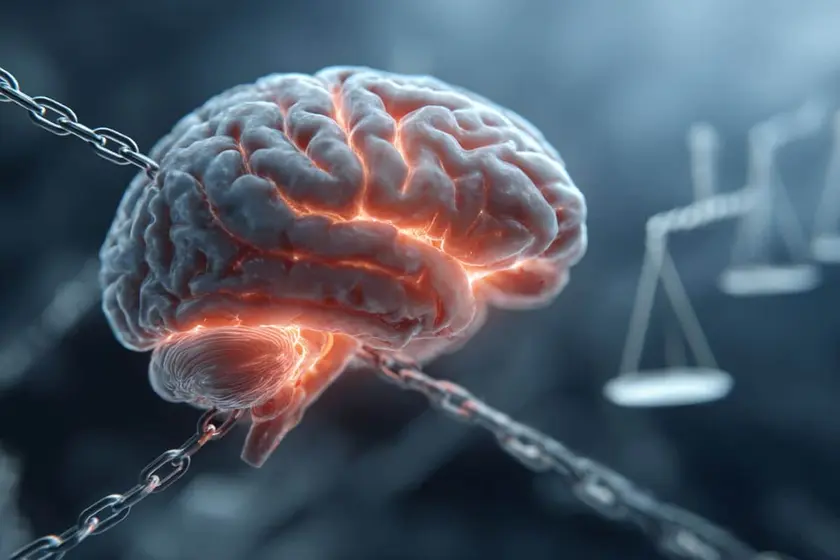T4K3.news
Nonaddictive pain drug advances in preclinical stage
Researchers identify amygdala neurons that drive pain unpleasantness and win NIH backing to develop non-opioid therapies, still early in development.

A study aims to develop a nonaddictive pain treatment by targeting emotional components of pain in the brain, backed by NIH funding.
New Pain Drug Targets Unpleasantness Without Dulling Sensation
Researchers have identified a specific set of neurons in the amygdala that drive the emotional unpleasantness of pain. The work builds on a 2019 Science study and uses mouse models and human tissue to map receptors that could be targeted by a drug-like molecule. A $12 million NIH U19 grant funds teams from UNC, Stanford, and UCSF to advance preclinical development, with hopes of creating a nonaddictive, non-opioid therapy that preserves sensation. In their current phase, scientists are developing small molecules that activate receptors in the amygdala and test them in animal models to see if the feeling of pain can be reduced without dulling touch. The effort remains preclinical and researchers caution that translating findings to people will require careful safety and regulatory work, including an Investigational New Drug filing if early results hold.
Chronic pain affects millions and often leads to fatigue, mood problems and disrupted sleep. The project is part of a broader effort to curb opioid dependence by targeting pain processing rather than locking down all sensation. If successful, the approach could reduce reliance on opioids and reshape pain care, but it faces hurdles such as moving from animals to humans and navigating FDA guidelines.
Key Takeaways
"Chronic pain impacts quality of life, relationships, general activity, sleep and so many other essential life functions."
Mauck on the burden of chronic pain
"We are currently working on several drug candidates that can target specific neurons in the brain and turn off the 'unpleasantness' of pain, while maintaining sensation in the body."
Scherrer on the research aim
"The fundamental problem is that pain is unpleasant."
Scherrer on the challenge
"Our goal over the next five years or more is to develop a pain drug candidate and then to file an IND with the FDA to begin clinical trials."
Scherrer on timeline
The effort points to a shift in pain treatment that focuses on emotional experience rather than mere sensation. If the work translates, it could lower opioid exposure, ease patient suffering and stimulate more neuropharmacology funding.
But the path is long. Preclinical success does not guarantee safety in humans; brain circuits are complex and unintended effects could arise. Public enthusiasm and policy debates about new drug risks could shape the timeline and funding.
Highlights
- Chronic pain impacts quality of life sleep and relationships
- We are working on drug candidates that target neurons and turn off the unpleasantness of pain while maintaining sensation
- The fundamental problem is that pain is unpleasant
- Our goal is to develop a pain drug candidate and file an IND within five years
Funding and translation risks to patient safety
The project depends on NIH funding and preclinical results, with translation to humans uncertain and safety, regulatory and timeline risks looming. Public reaction could shape policy and funding priorities.
The next milestones will test whether this approach changes chronic pain care.
Enjoyed this? Let your friends know!
Related News

Lung cancer diagnosis after toothache

Hope grows after stage four cancer treatment

New pancreatic cancer early warning sign discovered

Betsy Lewis, 75, celebrates life after stopping cancer treatment

Stage four bowel cancer story shows brave progress

Dementia signs to watch for

Liver cancer cases could double by 2050

Viking VK2735 shows strong Phase 2 weight loss
